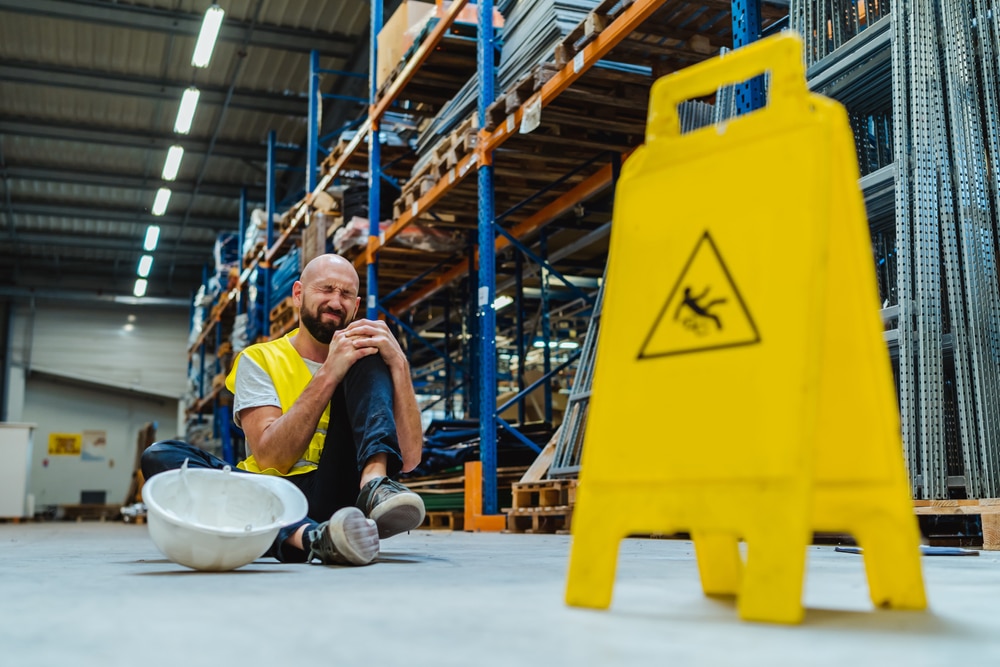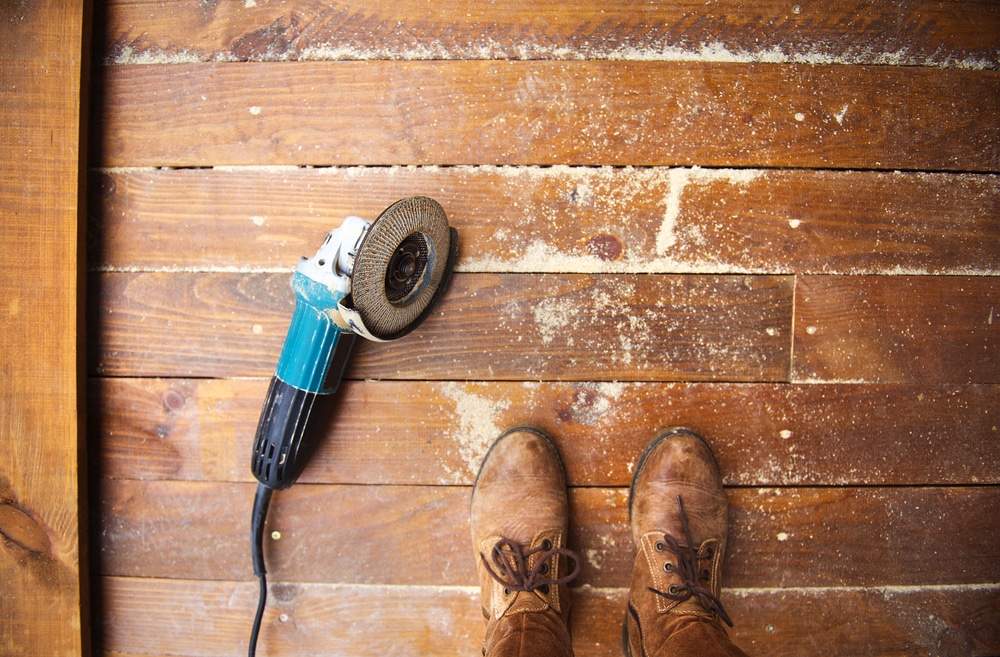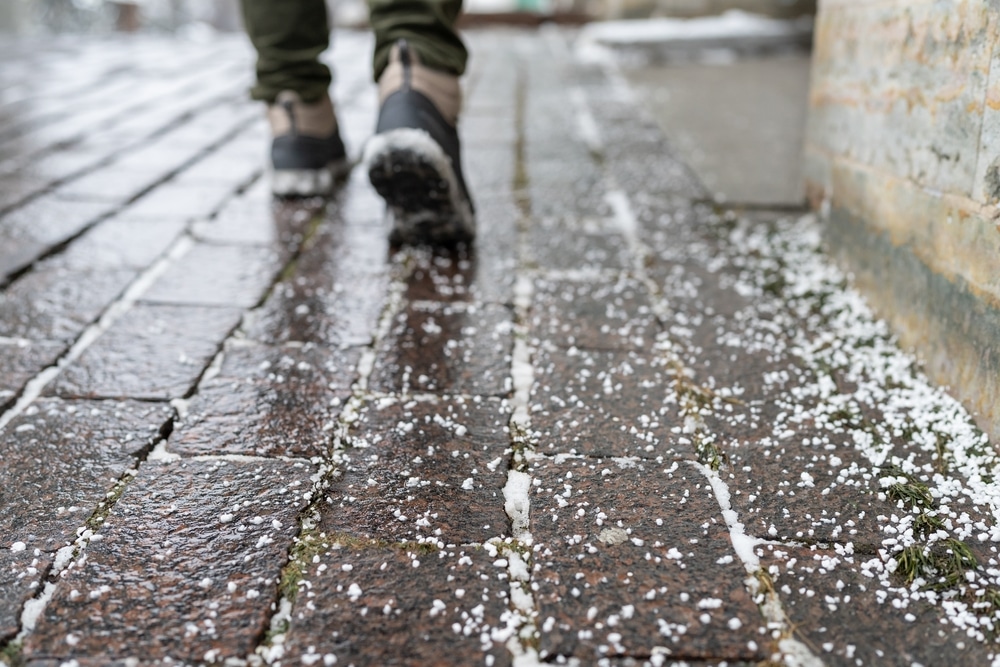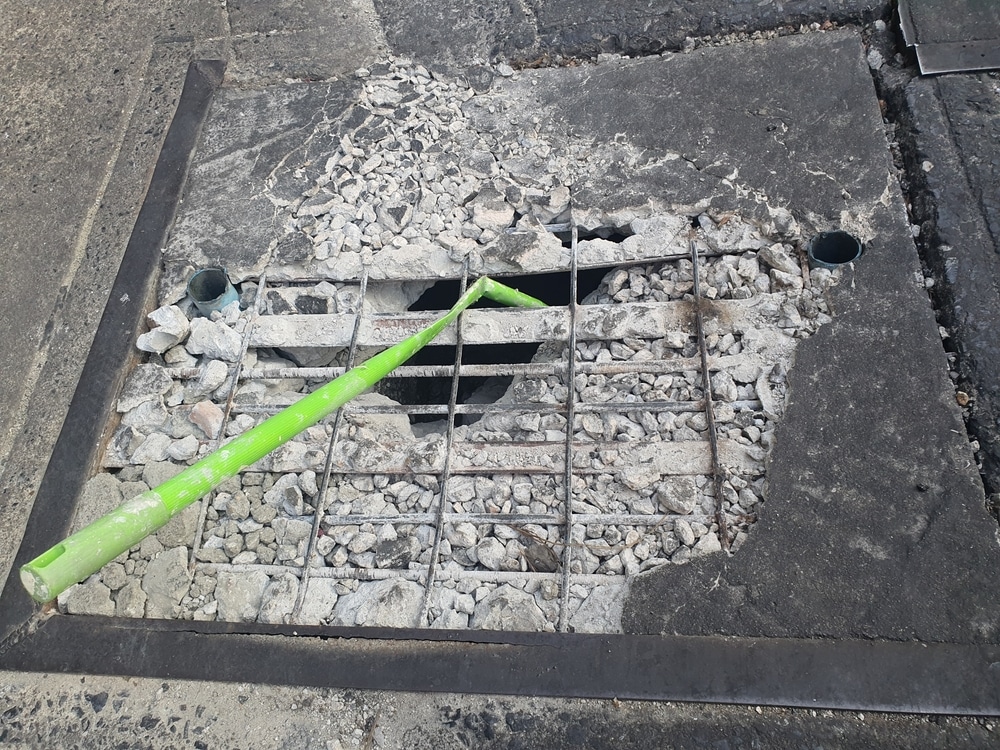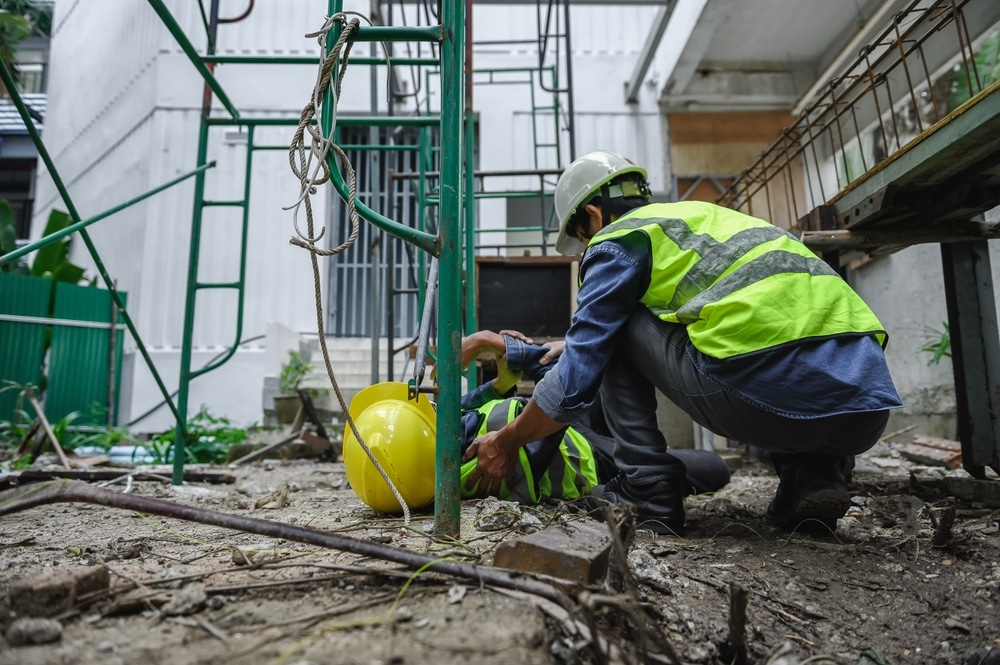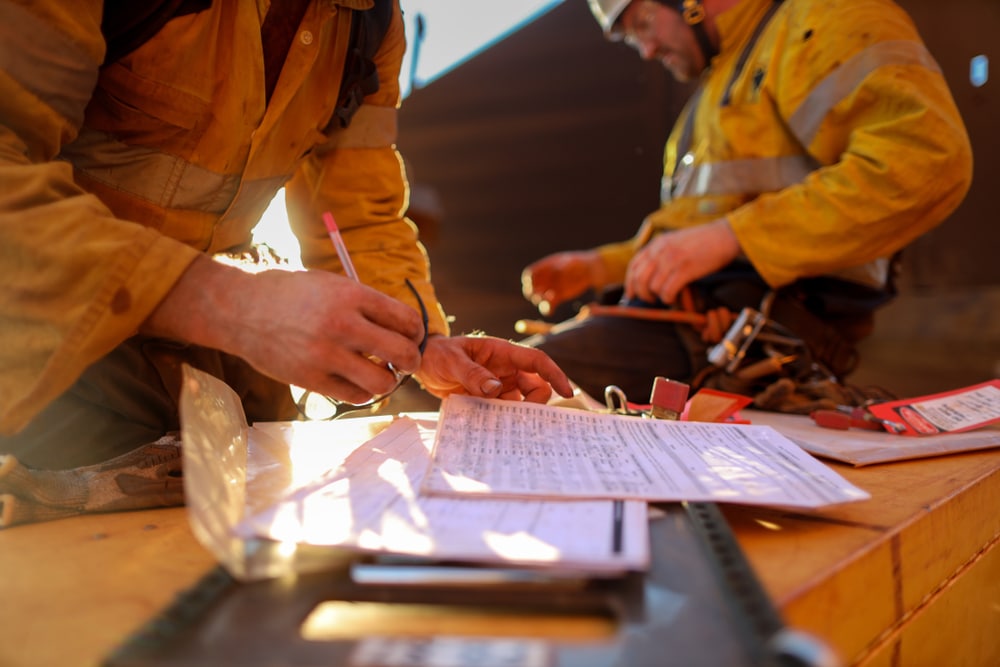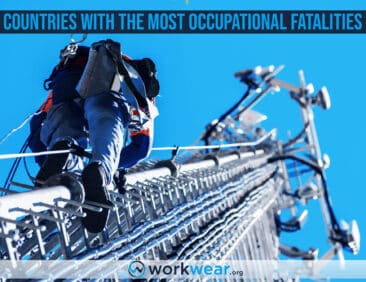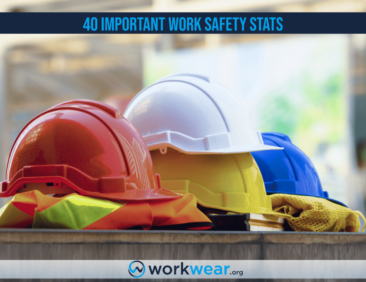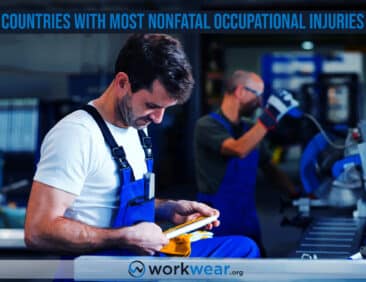Most Common Slippery Surfaces At Work And How To Control Them
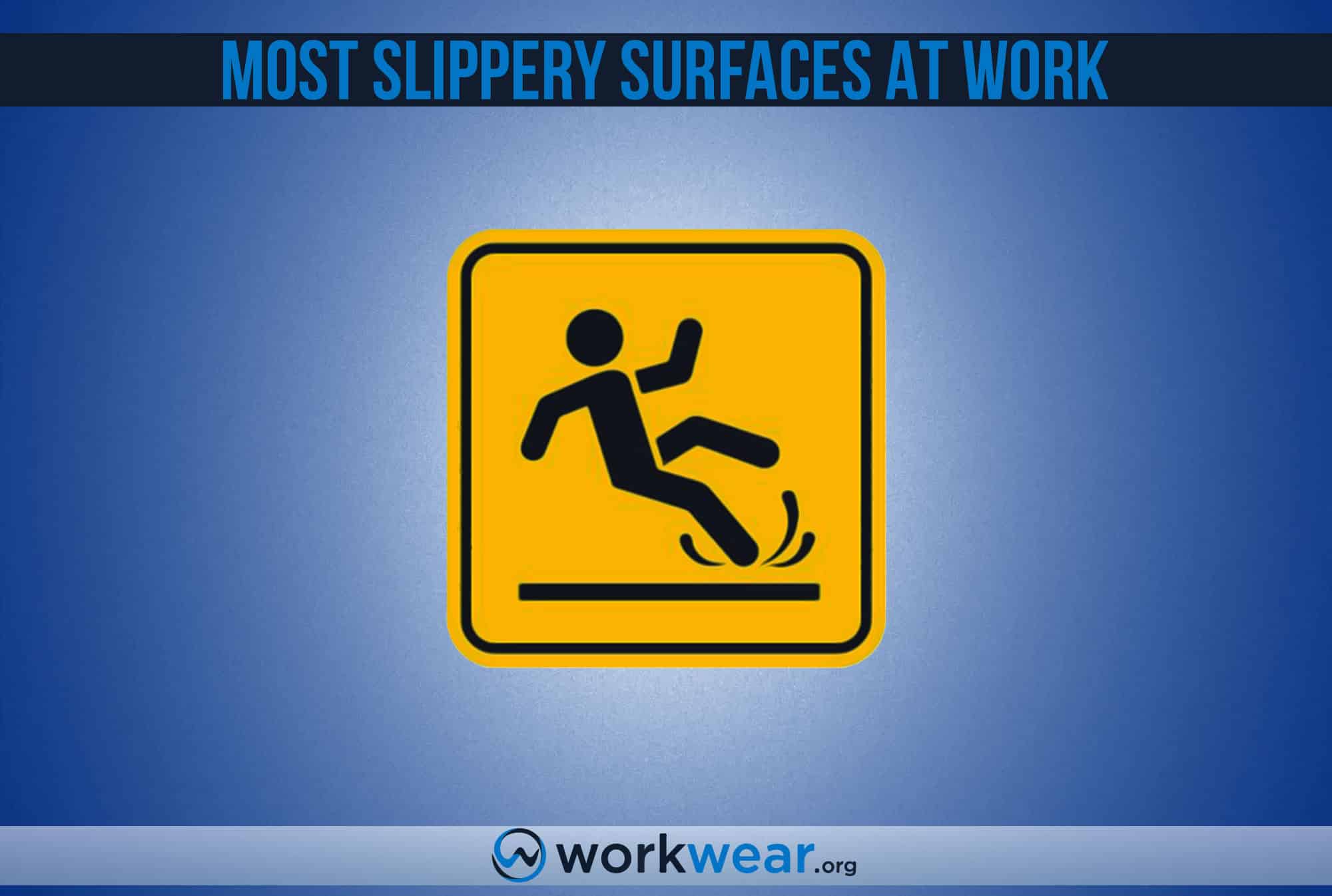
The US Bureau of Labor Statistics estimated that about 16.43% of fatal work injuries involved falls, strips, and trips, whereas approximately 13.63% were caused by contact with objects and equipment in 2021 (1). According to HSE, slips and trips remain the most common occurrence of significant injury across UK workplaces (2). These slips and falls happen when there’s minimum traction between the employee’s footwear and the walking surface. In this article, we will explore the reasons that cause the most common type of slips and trips at the workplace.
Causes of Slips
While walking, there must be enough friction between the shoes and the surface you’re walking on to move forward or get going (3). The absence of the required friction creates a slippery surface, and it mainly occurs due to the following reasons (4):
Wet Floors
Wet, damp, and mop-dry floors at the workplace can become particularly dangerous as they might look dry but are still slippery. In addition, surfaces of construction and mining sites often remain wet continuously due to water leaks, leaking valves, or condensation, putting employees’ lives at risk. Common hazards of the damp floor include:
- Rearward falls cause head, neck, back, and pelvis injuries.
- A worker could fall into a heavy machine or onto a sharp piece of metal, creating a severe injury or permanent disability.
- They have broken arms & tailbones.
- Slips from a standing position can be untreatable.
Slippery Floors
Another common cause of slippery floors is improper cleaning. Dry or wet floors can get slippery due to moisture, grease, soap residue, chemicals incompatible with the floor or tiles, dust, polish, or wax. Common hazards of slippery floors include:
- Broken teeth
- Broken arms
- Jaw fractures
- Knee injuries
- Nose fractures
‘‘In 2019, more than 6.8 million people were treated for fall-related injuries (5).’’
Dusty Floors
Many workplaces, such as construction and mining sites, create excessive dust bags on the floor, making it difficult for employees to walk on them. These floors cause severe slips and lead to respiratory illness, coughing, sneezing, and eye infections.
Icy Surface
Employees working in icy outdoor conditions are more exposed to slippery surfaces. A thick sheet of ice can be seen, though it is hidden under the snow. The air humidity can freeze the surface as a thin layer that can’t be adequately viewed, creating a slippery slope that makes you fall. Common causes include:
- Back injuries & fractures
- Cuts and bruises
- Ankle sprain
- Muscle strain
- Spinal cord pain
- Traumatic brain harm
Poor Floor Coverings
Poor, damaged, or uneven coverings also cause injuries. Multiple floor coverings, such as carpet, ceramic tile, stone, hardwood, and linoleum, are used. But these materials can become uneven or damaged over time. For instance, vinyl floors peeling cracked, wrapped or turned up from the corners cause slipping hazards.
Causes of Trips
Multiple things cause trips at work:
-
Obstacles
Materials, tools, and objects, especially in the walkways, cause trips and falls. Objects on walkways may indicate poor workplace design and often cause incidents.
-
Trailing Cables
Trailing cables, reeling wires, and uncovered electrical cords pose an increased safety risk. If, for example, a damaged trailing cable is placed on the walkways, it can lead to grounding liabilities, and employees get exposed to electric shocks (6).
-
Obstructions
Unlike obstacles, obstructions are permanent and inhibit a worker walkway’s surface use. These may include fixed ceilings, wall linings, fixtures, thermal insulation, uneven coverings, etc.
-
Dull or bad Lighting
Due to dull or lousy lighting, workers can’t see obstacles and obstructions on the floor. However, these hazards can be avoided easily through good lighting.
Slippery Hazard Management
HSE has provided an information sheet to reduce workplace slips, trips, and falls. The following steps are included (7):
-
Planning
You are supposed to lay out a proper plan for the types of floor you have; a cleaning regime that will be appropriate and expert to clean it; ways in which the floor can be used, and methods to clean the spillage when the floor has already been cleaned as per the schedule and is expected to be cleaned until the next scheduled time.
-
Organizing
Once planning is completed, organize your work by consulting with the staff to ensure the planning stage is structured and smooth.
-
Control Measures
The management must follow all the required control measures, working practices, and processes and ensure these precautions are carried out properly. It may include preventing access to dry, wet, and slippery surfaces, using PPE, proper footwear, warning signs, etc.
-
Monitoring and Reviewing
The management must monitor the results of the implemented plan and identify any improvements that can be added to the system.
-
Effective Communication
The management should communicate well with the purchasing department and ensure they only provide materials and equipment suitable for the floor type. In addition, the floor suppliers should provide authentic information regarding the cleaning procedure and the product’s suitability for the type of contamination. Finally, the management should consult with the cleaning contractor to ensure that trained cleaners clean in a specific method at a particular time (7).
-
Training and Supervision
All the cleaning department must be trained under the supervision of professionals to ensure that proper standard way of cleaning method is followed. The training should be according to individual, floor type, equipment, and cleaning materials. If management skips this step, the cleaner might adopt inappropriate shortcuts that can introduce additional slip risk.
Conclusion
Slips, trips, and falls (STF) can happen to anyone in any workplace. Contractors and managers must manage the environment to minimize STF and ensure people can move safely around the workplace. The working site should be kept clean and organized to reduce the injury risks caused by slippery surfaces.
References
- Fatal occupational injuries in the United States in 2021, https://www.bls.gov/news.release/pdf/cfoi.pdf
- Slips & Trips. HSE. https://www.hse.gov.uk/cleaning/topics/slips.htm
- Slips, trips and falls: on the same level. NSW. https://www.safework.nsw.gov.au/hazards-a-z/slips-trips-and-falls-on-the-same-level
- Slips and trips. Eden District Council. https://www.eden.gov.uk/business-and-trade/food-hygiene-and-health/health-and-safety-at-work/slips-and-trips/
- Make Fall Safety a Top Priority. NSC. https://www.nsc.org/work-safety/safety-topics/slips-trips-falls
- Prevention of Slips, Trips and Falls. CCOHS. https://www.ccohs.ca/oshanswers/safety_haz/falls.html
- HSE Information Sheet. HSE. https://www.hse.gov.uk/pubns/web/slips02.pdf
FAQs
- What are the most common types of slippery surfaces at work?
- The most common types of slippery surfaces at work are wet floors, oily or greasy surfaces, and uneven surfaces.
- How can oily or greasy surfaces cause slips and falls?
- Oily or greasy surfaces can cause slips and falls by making the surface slippery and reducing the friction between the surface and the sole of the shoe, causing a person to lose their footing and fall.
- How do uneven surfaces cause slips and falls?
- Uneven surfaces can cause slips and falls by creating unexpected elevation changes.
- What are some ways to prevent slips and falls at work?
- Ways to prevent slips and falls at work include: Wearing slip-resistant shoes, Cleaning up spills and wet areas immediately, Placing warning signs where slips and falls are likely to occur.
- What should you do if you experience a slip and fall at work?
- If you experience a slip and fall at work, report the incident to your supervisor and seek medical attention.

